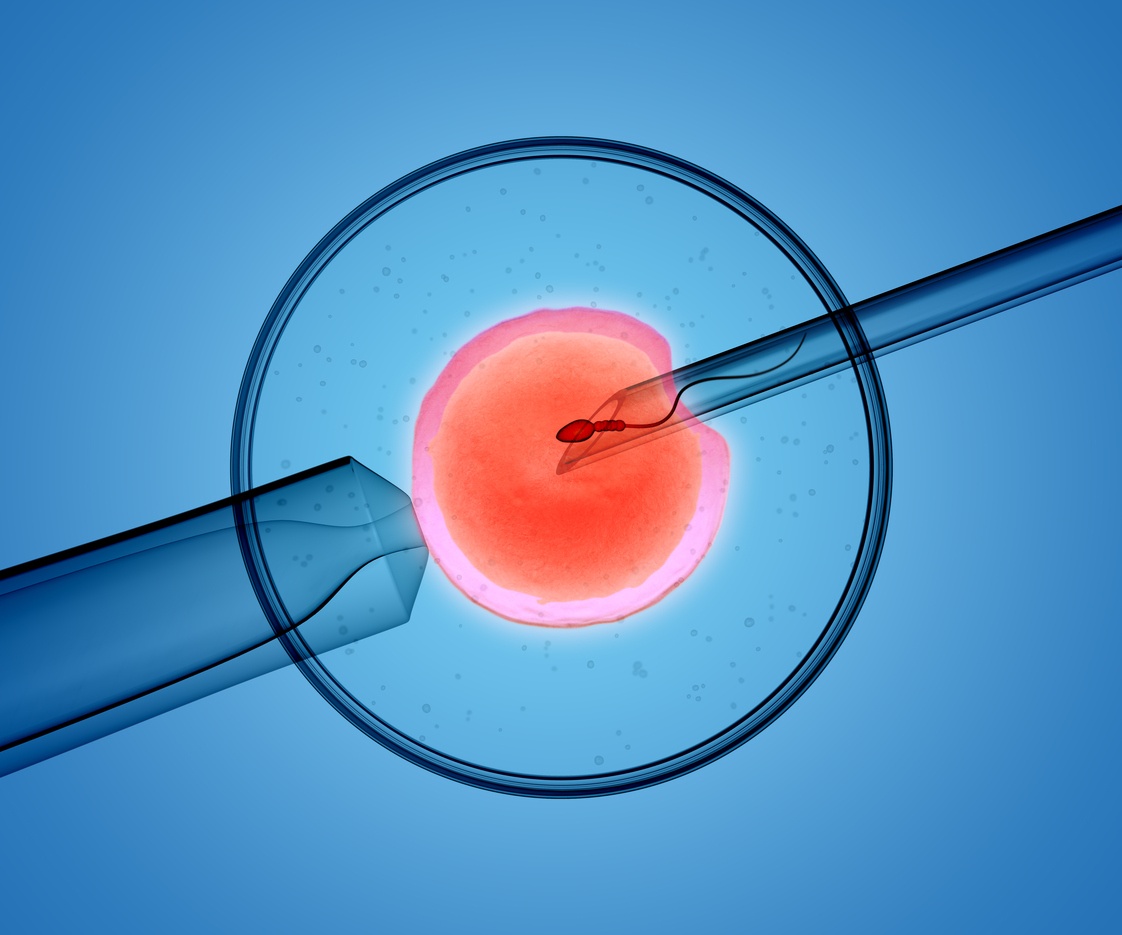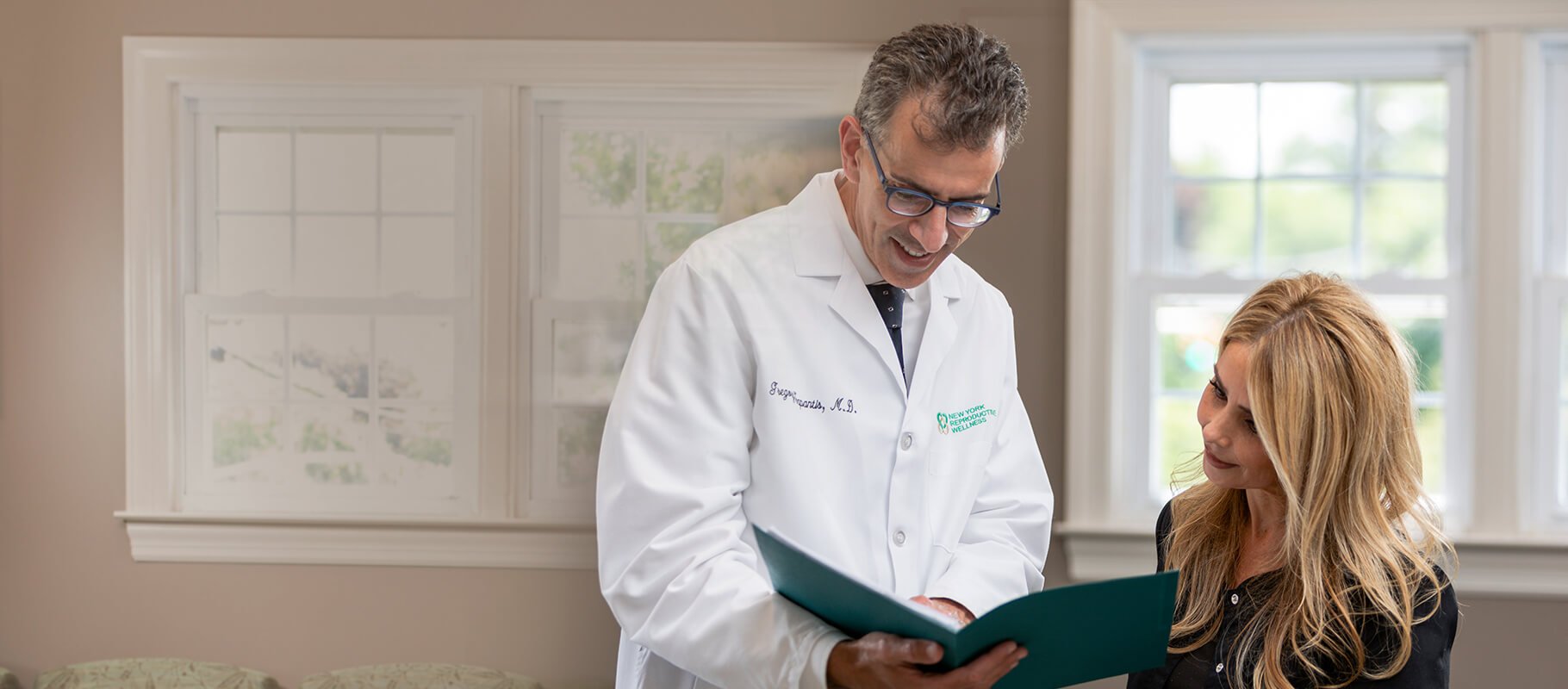How is IVF done step by step?

In vitro fertilization (IVF) is a safe and effective assisted reproductive technology used by many women who want to get pregnant but have difficulty conceiving. Good candidates for IVF are women with missing or damaged fallopian tubes, suffer from endometrial scarring or have been diagnosed with the polycystic ovarian syndrome. IVF is also the preferred choice of couples involving men with low sperm counts and when infertility exists for no apparent reason.
First Step in the IVF Process
Several mature, healthy eggs are needed to complete initiate IVF. Stimulating production of a woman's reproductive hormones begins an IVF procedure, with women needing injections of follicle stimulating hormones (FSH) and/or luteinizing hormone (LH). GnRH agonists or antagonists may also be prescribed to stop uncontrolled or early ovulation. A hormone naturally produced during pregnancy, human chorionic gonadotropin (hCG) is often necessary to stimulate and support final ovulation and maturation of eggs prior to your fertility doctor retrieving eggs.
Second Step--Retrieval of Eggs
A transvaginal procedure performed with the assistance of ultrasound technology, egg retrieval involves your doctor scanning follicular fluids to find and retrieve available eggs. Using a thin, hollow, needle-type instrument, your doctor extracts the eggs, places them in a specially prepared laboratory dish and puts the dish in an incubator.
Third Step--Fertilizing Retrieved Eggs
Fertilizing eggs with partner or donor sperm is called a "standard insemination". Performed under a high-powered microscope, fertilization of retrieved eggs with sperm is typically successful as long as sperm and egg are healthy. Fertilization occurs within 20 hours of combining an egg with sperm, resulting in fertilized eggs (zygotes) that are transferred to a nutrient medium conducive to growth.
Fourth Step--Transfer of the Embryo
About three to five days after fertilization occurs, the embryo is ready to be transferred to the woman's uterus. Performed similar to the way a pap smear is done, an embryo transfer is generally painless and does not require sedation. Ultrasound is used to help your doctor guide the catheter tip into the uterus to a good location. Once the tip has reached its destination, the embryo is gently squirted onto the endometrial lining of the uterus.
What Happens After the Embryo is Implanted?
In about two weeks, a pregnancy test is given to determine if the transfer procedure was successful. Upon learning the test is positive, women should begin taking vitamins, eating healthy and visiting their doctor for check-ups throughout their pregnancy.
Is an IUI Procedure the Same as an IVF Procedure?
Intrauterine insemination (IUI) is another popular assisted reproductive technology involving placement of sperm directly into the uterus via a small tube. Common reasons people opt for IUI include low sperm counts/insufficient sperm mobility, unexplained fertility or cervical scarring/mucus issues.
Call New York Reproductive Wellness today to learn more about IVF, IUI and other techniques to overcome infertility and get pregnant.







